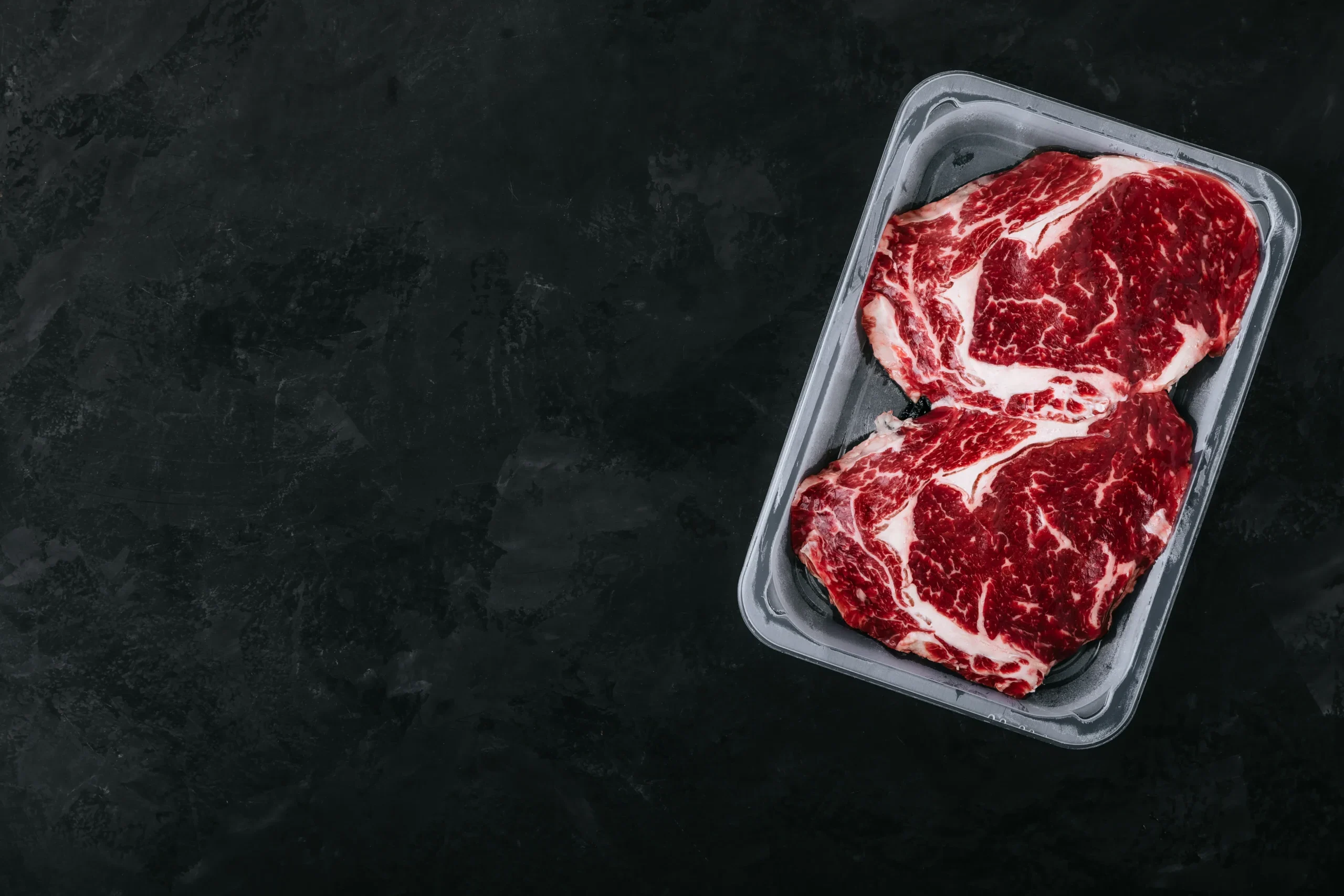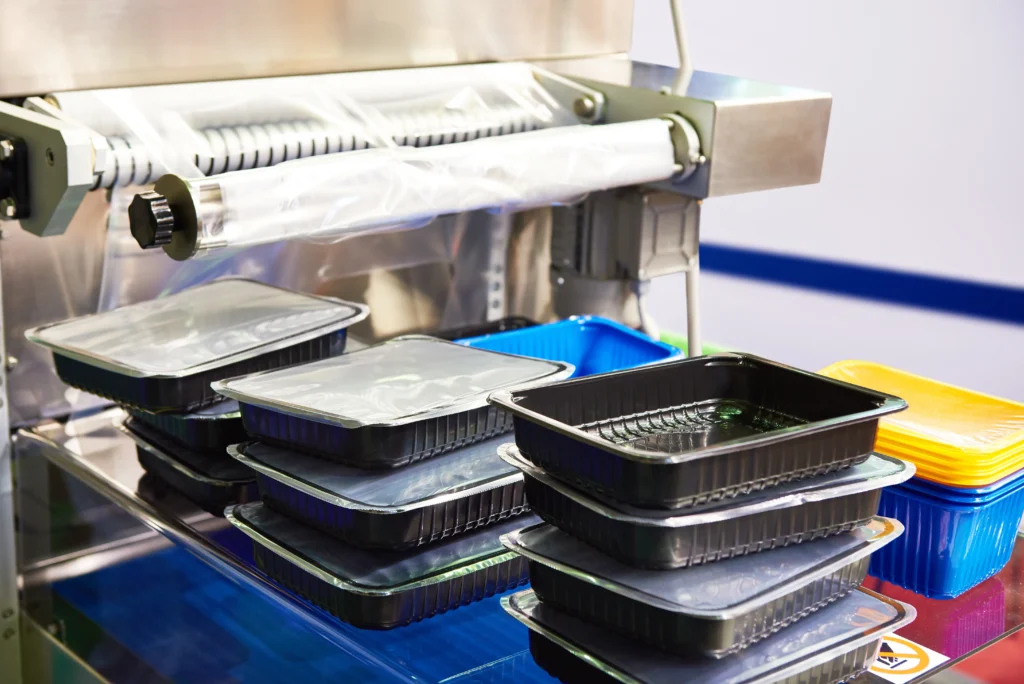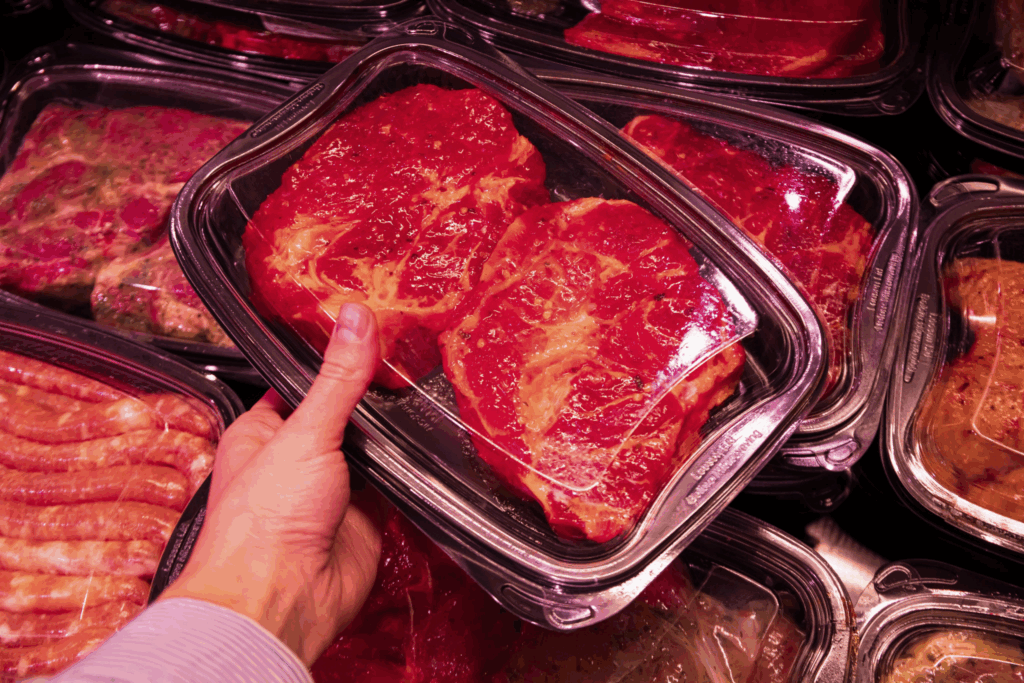How High-Barrier Meat Trays Extend Shelf Life and Protect Product Quality

In meat packaging, oxygen exposure is one of the most persistent threats to product freshness. Even small amounts can cause oxidation, colour change, and odour — transforming a high-quality product into one that looks past its prime long before it should. For meat processors and retailers, that means shorter shelf life, more returns, and greater food waste.
High barrier meat trays are designed to prevent that outcome. Combining polypropylene (PP) with an ethylene vinyl alcohol (EVOH) oxygen-barrier layer dramatically slows oxygen transmission and preserves product quality over time. This structure helps maintain colour, texture, and freshness through distribution and retail display — extending shelf life without compromising recyclability or strength.
Understanding why these trays work requires a closer look at the materials and engineering behind their high-barrier performance.
Why Shelf Life Starts with Material Science
Shelf life in meat products is largely determined by how well the packaging prevents oxygen from reaching the product. Even small amounts of oxygen can trigger microbial growth, enzymatic reactions, and oxidation — all of which compromise freshness, appearance, and safety. The materials used in packaging are the first line of defence against these issues.
Polypropylene (PP) is widely used in meat trays for its strength, rigidity, and processability. However, standard PP alone allows oxygen to pass through over time, which limits shelf life. That’s why high-barrier trays incorporate an EVOH layer, a material known for its exceptional oxygen-blocking properties.
The EVOH layer acts as a molecular shield, drastically reducing oxygen transmission while being sandwiched between PP layers that provide structural integrity. This combination balances durability, barrier performance, and compatibility with thermoforming processes. The result is a tray that can maintain product quality throughout filling, transport, and retail display — even for products that require longer shelf life or modified-atmosphere packaging.
Understanding the function of each material layer allows food producers to design trays that consistently meet shelf-life and quality standards.
Designing High Barrier Meat Tray Packaging
Beyond material selection, the way a tray is formed has a direct impact on barrier performance and durability. Tray design must account for wall thickness, flange dimensions, and corner geometry to ensure the oxygen barrier remains intact through filling, handling, and transport.
Wall thickness: Uniform walls ensure consistent barrier properties across the tray. Variations can create weak spots where oxygen can penetrate.
Flange design: Proper flange width and flatness are critical for reliable sealing. Even minor deviations can cause leaks or compromised oxygen protection.
Corner and cavity geometry: Rounded corners and controlled depths reduce stress points during forming and handling, preventing cracks or deformation.
Thermoforming precision: Accurate forming ensures that each tray matches specifications, preserving both barrier layer integrity and mechanical strength.
Well-engineered tray structures allow processors to maintain product quality while minimizing material waste, production errors, and spoilage risk. Consistency in these details is what separates high-performing trays from standard thermoformed options.

Optimizing Production and Sealing for High Barrier Meat Trays
Even with the right materials and tray geometry, performance depends on how trays interact with production and sealing processes. High barrier meat trays must maintain dimensional accuracy and flange consistency to support reliable sealing films and prevent oxygen ingress.
Flange consistency: Uniform flange width and flatness are critical for strong seals. Minor deviations can lead to leaks or reduced oxygen-barrier performance.
Sealing compatibility: Tray design must match common sealing equipment, including vacuum and modified-atmosphere packaging (MAP) systems, to ensure full barrier protection.
Dimensional precision: Consistent cavity depth, corner radius, and wall thickness prevent mechanical stress during filling, stacking, and transport.
Process tolerances: Thermoforming conditions are calibrated to maintain material integrity, ensuring that the EVOH barrier layer remains uninterrupted and effective.
Careful attention to these factors ensures trays perform reliably from production line to retail display, protecting product quality, extending shelf life, and reducing waste.

Ensuring Consistent Meat Tray Performance in Real-World Production
An extended shelf life requires more than selecting the right materials or forming precise tray geometry. In real-world production, trays must consistently maintain barrier integrity, integrate seamlessly with filling lines, and meet stringent food-contact regulations. These are complex challenges that demand experience, technical insight, and an understanding of industry standards.
Trays must withstand handling, stacking, and transport while maintaining flange flatness and cavity precision to support effective sealing. Minor deviations in thermoforming tolerances can compromise the oxygen barrier, creating weak points that reduce shelf life and product quality. Similarly, sealing surfaces and flange dimensions must align precisely with MAP or vacuum systems to prevent leaks and ensure consistent performance.
Navigating these challenges requires both technical expertise and practical experience. A partner who understands material behaviour, thermoforming constraints, and production-line integration can anticipate potential failure points and implement solutions that preserve barrier performance. When executed correctly, high-barrier trays maintain product freshness, reduce spoilage, and deliver predictable results across the production line and supply chain.
Create High-Barrier Meat Trays with Expertise You Can Trust
At Elmes Packaging, extending shelf life and maintaining product quality starts with understanding every challenge in high-barrier meat tray production. It requires experience, technical insight, and the ability to anticipate potential issues before they affect the line.
Our team leverages decades of thermoforming expertise, precise tooling capabilities, and a consultative approach to engineer high-barrier meat trays that consistently perform in real-world production environments. Every tray is designed and tested to maintain oxygen barrier integrity, integrate seamlessly with filling and sealing systems, and meet rigorous quality and regulatory standards.
Whether optimizing for extended shelf life, improving sealing consistency, or managing production tolerances, Elmes provides the technical guidance and hands-on execution needed to deliver predictable, dependable results.
Ready to see how Elmes’ precision-engineered high-barrier meat trays can protect your products and extend shelf life?
